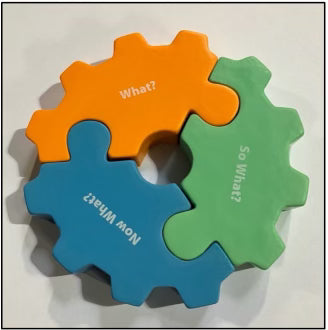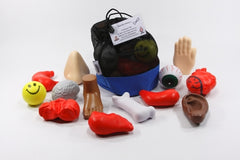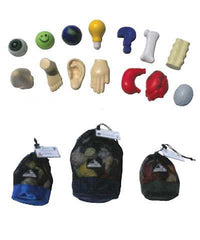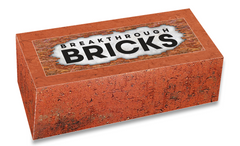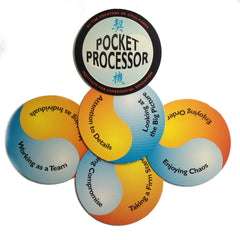Processing Gears: Visual Tool for Effective Debriefing and Experiential Learning
Processing Gears are an engaging and practical tool designed to guide participants through the essential steps of an effective debriefing session: What? So What? Now What? Each gear represents a stage in the Experiential Learning Cycle, allowing facilitators and participants to visually track and understand the process of reflection, analysis, and application.
Key Features
-
Clear Sequence: Teaches the What? So What? Now What? model for structured debriefing.
-
Hands-On Design: Gears come apart like a puzzle, letting you focus on one stage at a time.
-
Visual Aid: Helps explain the Experiential Learning Cycle, making abstract concepts tangible.
-
Flexible Use: Ideal for group debriefs, individual reflection, or facilitator training.
-
Based on Proven Models: Inspired by the work of David Kolb and other experiential learning experts.
Why We Love It
Processing Gears make the debriefing process accessible and memorable for all participants. By breaking down the cycle into manageable steps, this tool empowers groups to reflect, analyze, and apply their learning more effectively. It’s a facilitator favorite for ensuring that every experience leads to meaningful insight and growth.
